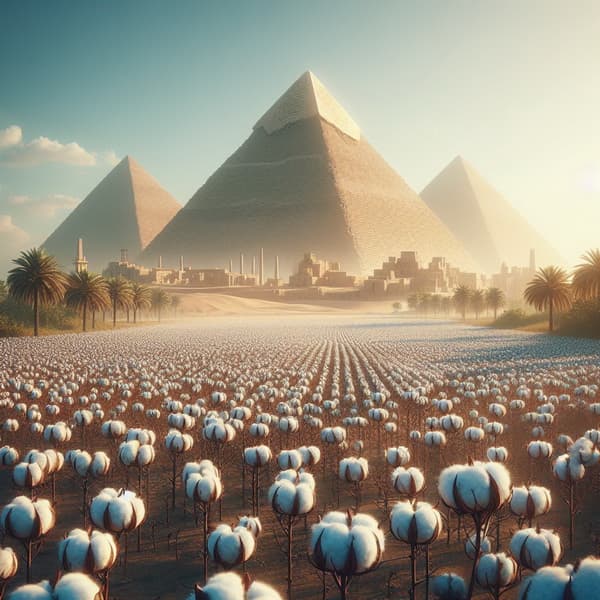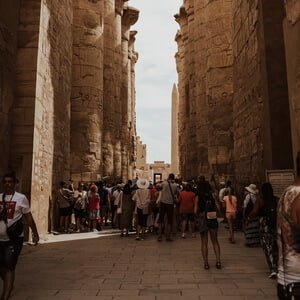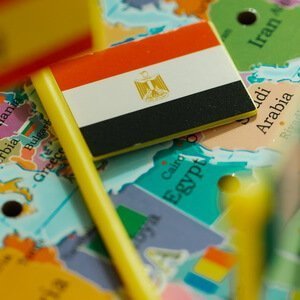Nile River Egypt
The Lifeblood of Ancient and Modern Egypt.
The Nile River in Egypt is one of the most important and well-known rivers in the world and has played a significant role in the history and culture of Egypt for thousands of years. on this article will explore the Nile River and its impact on the region, including its history, geography, and current importance.
Overview of the Nile River Egypt
The Nile River is the longest in the world, stretching approximately 4,135 miles from its source in central Africa to the Mediterranean Sea in Egypt. This immense length has made the Nile a significant resource for transportation and commerce throughout history.
The Nile River is considered the lifeblood of Egypt and has had a profound impact on the region’s agriculture, transportation, and commerce. Its waters have been used for irrigation, providing water to crops, and supporting agriculture. The river also served as a crucial transportation route for people and goods, connecting communities and allowing trade and commerce.
The Nile River is also an important source of hydroelectric power, with several large dams built along its length. The Aswan High Dam in southern Egypt, for example, is one of the largest dams in the world and provides a significant amount of electricity to the region. In addition to its practical benefits, the Nile has also played a major role in shaping the religious and cultural beliefs of the ancient Egyptians, with many temples and monuments built along its banks.
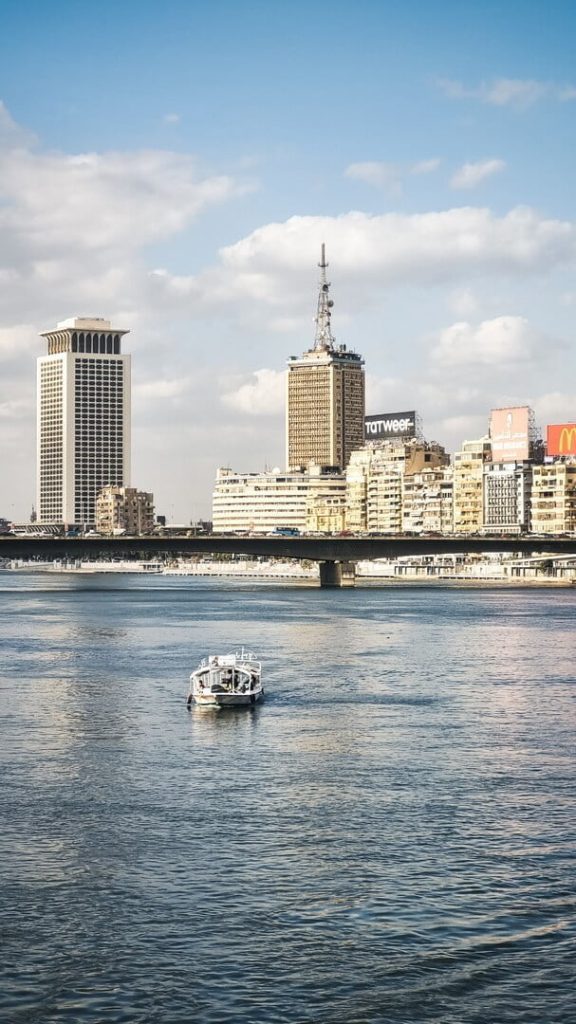
Nile river importance
The Nile River played a significant role in the religious and cultural beliefs of the ancient Egyptians. The river was considered a symbol of life and fertility and was worshiped as a deity in its own right. The ancient Egyptians believed that the Nile was the source of all life in the region and that its yearly floods were a manifestation of the tears of the god Hapi, which replenished the land and allowed agriculture to thrive. Many of the most famous temples and monuments in Egypt, such as the Pyramids of Giza and the Temple of Karnak, were built along the banks of the Nile.
The Nile River is also an important wildlife habitat and is home to a diverse range of bird species, including migratory birds that use the river as a stopover point during their journeys. The river and its surrounding ecosystems support a variety of plant and animal species, providing important habitats and serving as an important source of food for the people and wildlife in the region.
Despite its importance, the Nile River has faced several environmental challenges in recent years, including the over-extraction of water for agriculture and increased pollution from human activities. The river is a critical resource for the people and wildlife that rely on it, and we must work to protect and preserve it for future generations. Efforts are underway to address these challenges and to ensure that the Nile continues to play a vital role in the region for years to come.
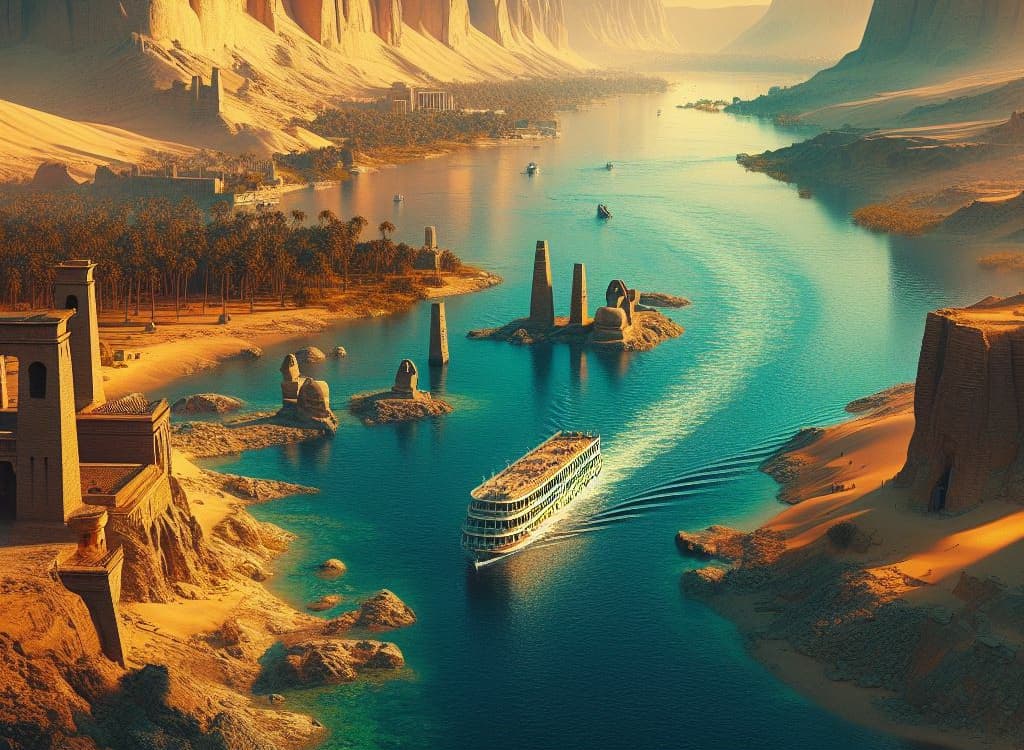
How long is the Nile river?
The Nile River is approximately 4,135 miles long, making it the longest river in the world. It is about 1,000 miles long in Egypt, starting in southern Egypt near Aswan and flowing north to the Mediterranean Sea.
The Nile River starts from the two main tributaries, the White Nile, which originates in Lake Victoria in Uganda, and the Blue Nile, which begins in the highlands of Ethiopia. These two tributaries join in Sudan and continue their journey to Egypt. Along the way, the Nile River flows through several countries, including:
- Uganda: where the White Nile originates in Lake Victoria.
- Sudan: where the White and Blue Nile join to form the main Nile River.
- Ethiopia: where the Blue Nile originates in the highlands.
- South Sudan: where the Nile River flows through a portion of the country.
- Egypt: where the Nile River flows for approximately 1,000 miles and ends at the Mediterranean Sea.
The Nile River is a critical resource for the people and wildlife of the region, providing water for irrigation and hydroelectric power and serving as a crucial transportation route for people and goods. The Nile is considered the country’s lifeblood in Egypt and has played a major role in shaping the region’s history, culture, and economy. The river has been used for irrigation and supporting agriculture, serving as a transportation route for people and goods, connecting communities, and allowing for trade and commerce.
How did the Nile river help Egypt?
The Nile River played a critical role in the development and success of ancient Egypt, helping the civilization in several ways:
- Agriculture: The Nile River provided water for irrigation, allowing ancient Egyptians to grow crops, such as wheat, barley, and flax, along its banks. The fertile soil and consistent water supply allowed for agricultural abundance and helped support the growth of ancient Egyptian civilization.
- Transportation: The Nile River provided a crucial transportation route for people, goods, and military troops, connecting different regions of the country and facilitating trade and commerce. The river also transported building materials, such as stone, to construct some of the ancient civilization’s most famous temples and monuments.
- Hydropower: The Nile River provides a source of hydroelectric power, which is used to support the region’s economy and provide energy for its people.
- Religious and Cultural Significance: The Nile River played a significant role in shaping the religious and cultural beliefs of the ancient Egyptians. The river was considered a life source and worshiped as a deity, and many of the country’s most famous temples and monuments, such as the Temple of Karnak and the Temple of Luxor, were built along its banks.
- Water for Drinking and Bathing: The Nile provided a source of clean water for drinking and bathing, which was essential for the health and well-being of the ancient Egyptian people.
Overall, the Nile River has been a critical resource for the people of Egypt throughout history, providing water for irrigation, transportation, and power and serving as a symbol of the country’s rich history and culture.
What kind of boats sailed on the Nile river?
Various boats were used to navigate the Nile River in ancient Egypt. Some of the most common types of boats included:
- Felucca: A traditional Egyptian sailboat that was used for fishing and transportation.
- Goods barge: A large, flat-bottomed ship used to transport goods along the Nile.
- Barge: A larger vessel used to transport heavy cargo and building materials along the river.
- Nile Cruiser: A luxurious boat used by wealthy travelers and tourists to travel along the Nile.
- Dahabia: A type of Nile River boat that was used in ancient Egypt. Dahabias were used by wealthy Egyptians as floating homes and pleasure boats. These boats were luxurious and often outfitted with cabins and dining areas. A combination of sails and oars typically propelled Dahabias, and their flat bottoms allowed them to easily navigate shallow waters and rapids. And Dahabias are still used on the Nile River and are popular among tourists seeking a unique and luxurious way to explore the river and its surroundings.
These boats were constructed from various materials, including papyrus, reeds, and wood, and powered by oars or sails. Throughout the centuries, the boats used to navigate the Nile River have evolved to meet the changing needs of the people who rely on it for transportation, commerce, and agriculture.
Would an Egyptian boat on the Nile use both sails and oars?
Many boats used on the Nile River in ancient Egypt utilized sails and oars for propulsion. Sails were used to harness the power of the wind and reduce the effort required to row, while oars were used for maneuvering and as a backup in case of calm winds. This combination of sails and oars allowed boats to travel upstream or downstream, regardless of wind conditions and ensured that the boats could be propelled efficiently and effectively. Using sails and oars allowed ancient Egyptians to make the most of the Nile’s resources and utilize the river to its fullest potential.
The Nile River has been a critical resource for the people of Egypt throughout history, providing essential resources such as agriculture, transportation, and water for drinking and bathing. From its role in supporting the growth of ancient Egyptian civilization to its significance in shaping the country’s religious and cultural beliefs, the Nile River has left an indelible mark on the history and development of Egypt.

